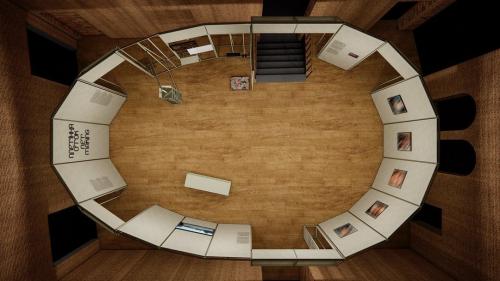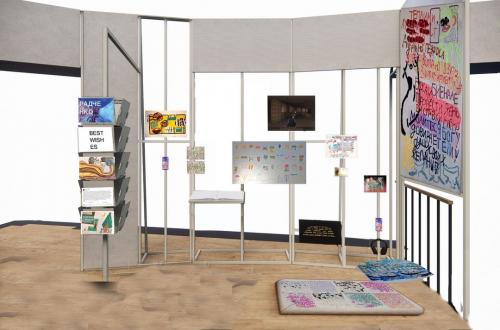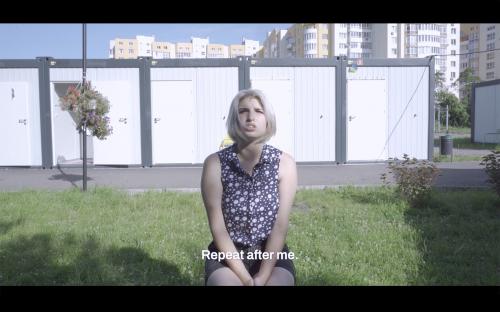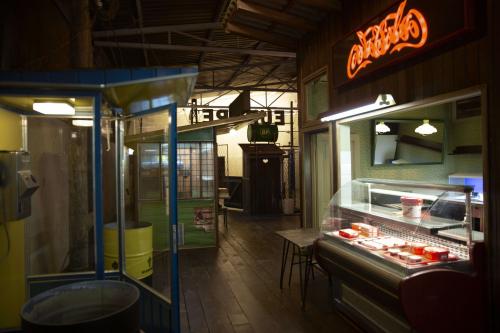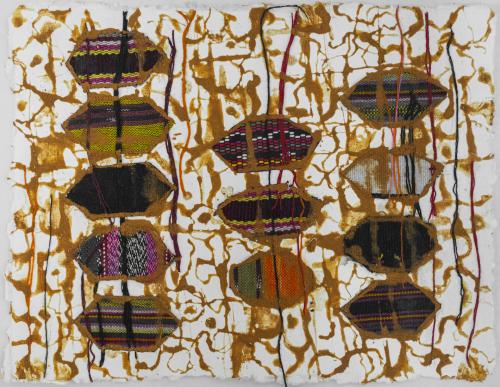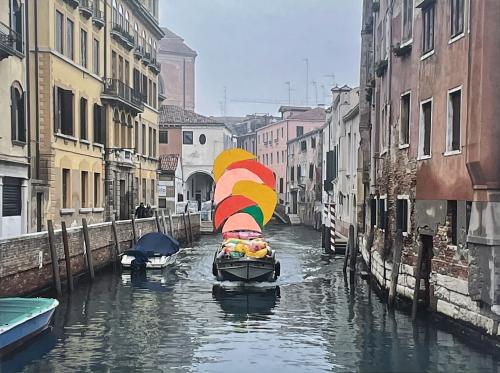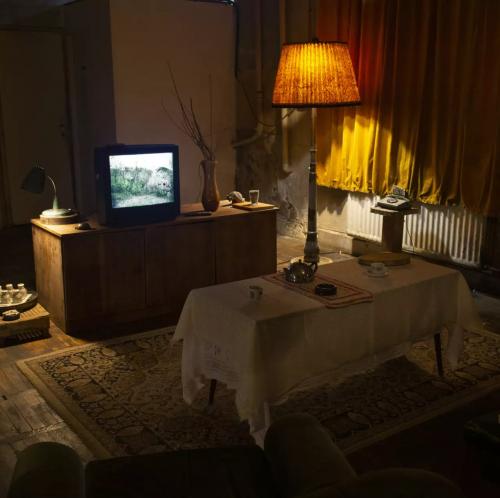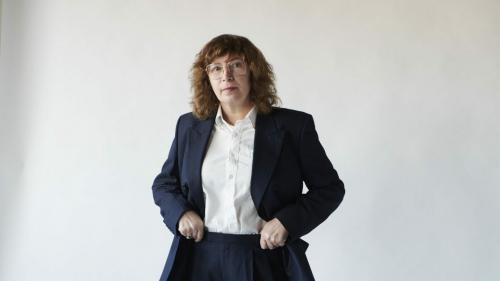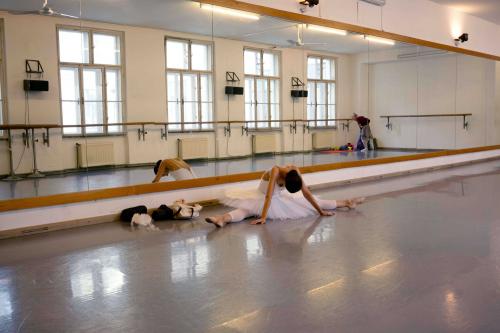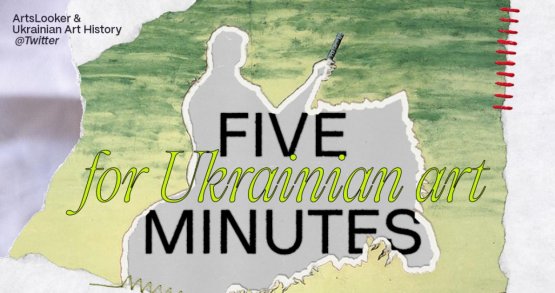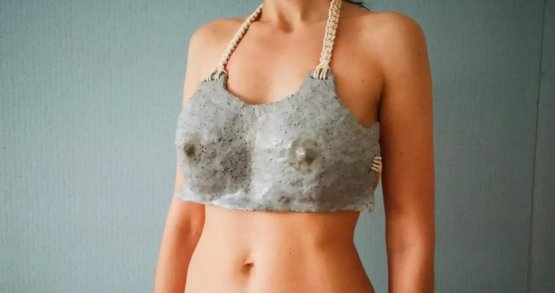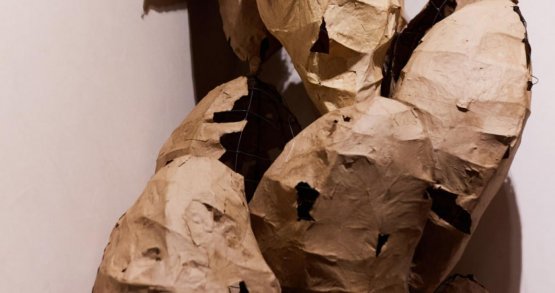The selection of the
Ukrainian Open Group to represent Poland at this year's Biennale was accompanied by a scandal. Initially, the country planned to submit another project —
"Polish Exercises in the Tragedy of the World: Between Germany and Russia" by Polish artist Ignacy Chwartos. It consisted of 35 paintings depicting scenes of violence perpetrated by the German and Russian armies against the Polish people. However, after the ruling PiS party lost the elections in the fall of 2023, the new minister of culture,
Bartłomiej Sienkiewicz, decided to replace the project. Now, the pavilion will present the project
"Repeat after Me II," which is a collective portrait of witnesses of Russia's war against Ukraine.
The work of
Yuriy Biley,
Pavlo Kovach, and
Anton Varga is an audiovisual installation based on studying interactions between people affected by Russian aggression. In it, the group creates so-called
"open situations": witnesses recount their war experience, vocalizing the sounds of rocket explosions, gunfire, artillery shelling, and screams — and invite others to repeat after them. "Repeat after Me" was filmed in 2022 and 2024 — in a refugee camp near Lviv and beyond Ukraine. However, these sounds remain part of the trauma even outside the territory of immediate danger. The Open Group aims to convey this shared experience to an international audience, regardless of age, background, professional and social status, etc.
Artist: Aleksandar Denić
Curator: Ksenija Samardzija

